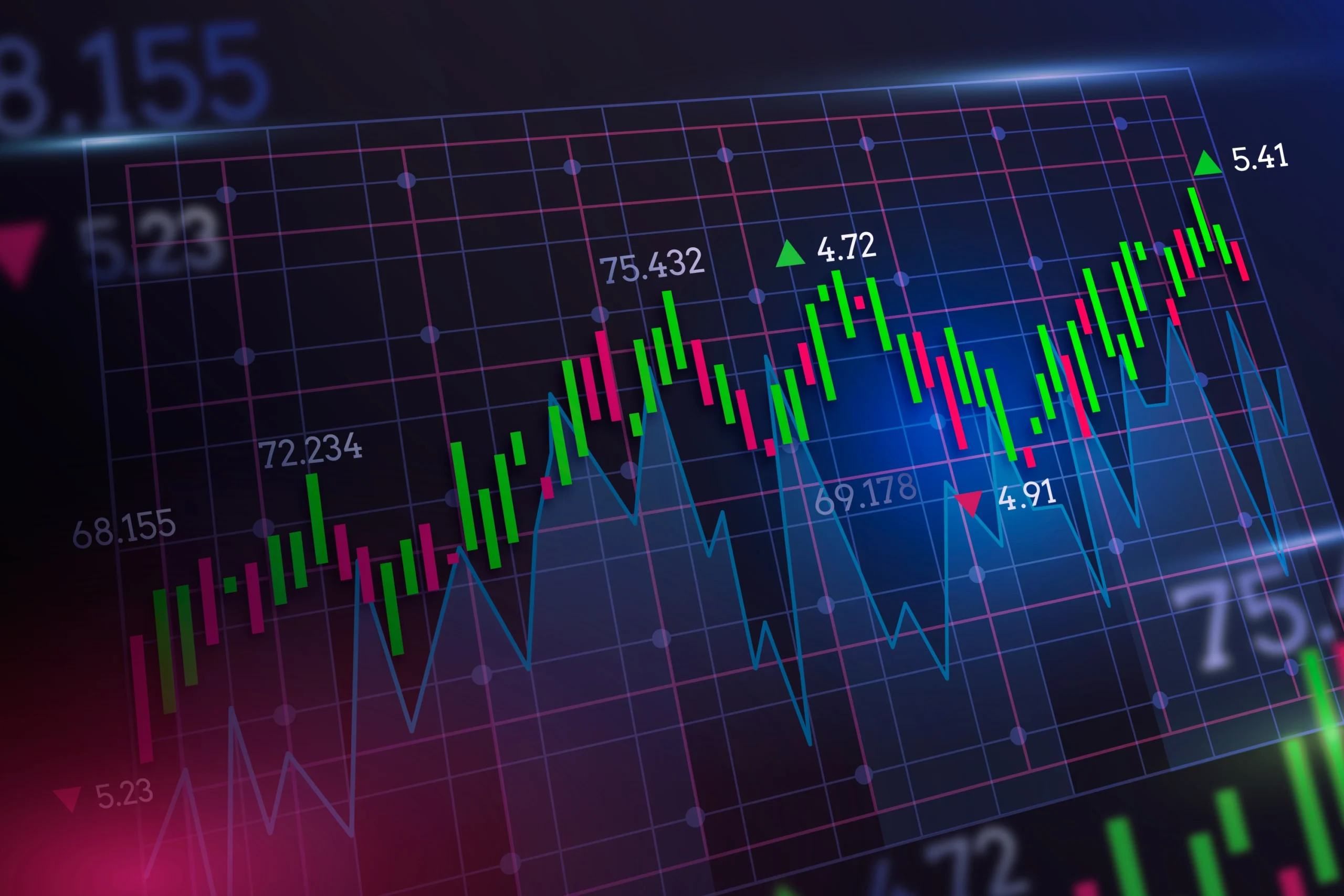Introduction
Trading is a fundamental economic concept involving the buying and selling of goods and services. Over time, the nature of trading has evolved, encompassing a wide array of instruments and platforms. This article delves into the intricacies of trading, examining its types, mechanisms, and significance in today’s global economy.
What is Trading?
Trading, in its simplest form, is the exchange of goods and services between parties. This exchange can take place in various markets and forms, ranging from traditional bartering systems to sophisticated financial markets. The primary goal of trading is to facilitate the transfer of resources to where they are most needed, enabling both buyers and sellers to benefit.
Types of Trading
Goods and Services Trading
This is the most basic form of trading, where physical goods and services are exchanged. This type of trading has existed for centuries and forms the foundation of commerce.
Financial Market Trading
Financial market trading involves the buying and selling of financial instruments, such as stocks, bonds, commodities, and derivatives. This type of trading can be divided into several categories:
Stock Trading
Stock trading involves buying and selling shares of publicly traded companies. Investors trade stocks to earn returns through capital appreciation and dividends.
Forex Trading
Forex (foreign exchange) trading is the exchange of one currency for another. This market operates 24 hours a day and is the largest financial market in the world by trading volume.
Commodity Trading
Commodity trading involves the buying and selling of raw materials like gold, oil, and agricultural products. Traders invest in commodities to hedge against inflation and diversify their portfolios.
Derivatives Trading
Derivatives are financial contracts whose value is derived from an underlying asset. Common derivatives include options, futures, and swaps. These instruments are used for hedging risks and speculating on price movements.
Mechanisms of Trading
Trading Platforms
Trading platforms are software applications that facilitate the buying and selling of financial instruments. These platforms provide traders with real-time market data, analytical tools, and order execution capabilities. Examples include MetaTrader, Robinhood, and TD Ameritrade.
Order Types
Traders use various order types to execute their trades:
- Market Order: A market order is executed immediately at the current market price.
- Limit Order: A limit order sets a specific price at which the trade should be executed.
- Stop Order: A stop order becomes a market order once the specified price is reached.
Trading Strategies
Successful trading often relies on well-developed strategies. Some common trading strategies include:
- Day Trading: Buying and selling financial instruments within the same trading day.
- Swing Trading: Holding positions for several days or weeks to capitalize on short-term price movements.
- Scalping: Making numerous small trades to profit from minor price fluctuations.
- Position Trading: Holding positions for extended periods, often based on long-term market trends.
The Role of Technology in Trading
Technological advancements have revolutionized trading. High-frequency trading (HFT), algorithmic trading, and artificial intelligence have transformed how traders operate, offering increased speed, efficiency, and accuracy.
High-Frequency Trading (HFT)
HFT uses complex algorithms to execute trades at extremely high speeds. This method capitalizes on minute price discrepancies and can execute thousands of trades per second.
Algorithmic Trading
Algorithmic trading employs computer programs to automatically execute trades based on predefined criteria. This reduces human error and allows for more systematic trading.
Artificial Intelligence and Machine Learning
AI and machine learning are increasingly being used to analyze market data, predict price movements, and optimize trading strategies. These technologies enable traders to make more informed decisions.
Risks and Rewards of Trading
Risks
- Market Risk: The risk of losses due to adverse price movements.
- Liquidity Risk: The risk of being unable to execute trades at desired prices due to low market liquidity.
- Credit Risk: The risk of a counterparty defaulting on a trade.
- Operational Risk: The risk of losses due to technical failures or human errors.
Rewards
- Capital Appreciation: The potential for assets to increase in value over time.
- Income Generation: Earning dividends, interest, or other forms of income from investments.
- Diversification: Spreading investments across different assets to reduce risk.
Conclusion
Trading is a dynamic and multifaceted activity that plays a crucial role in the global economy. Whether it involves physical goods or complex financial instruments, trading facilitates the efficient allocation of resources and the potential for financial gain. As technology continues to advance, the landscape of trading will undoubtedly evolve, offering new opportunities and challenges for traders worldwide.
Understanding the fundamentals of trading, its various forms, and the associated risks and rewards is essential for anyone looking to participate in this ever-changing field. With the right knowledge and strategies, trading can be a powerful tool for achieving financial goals and contributing to economic growth.



